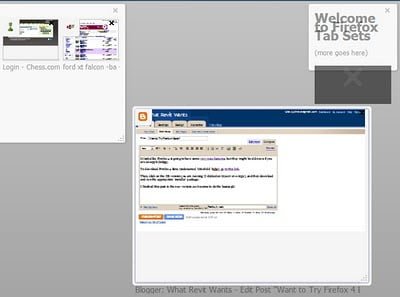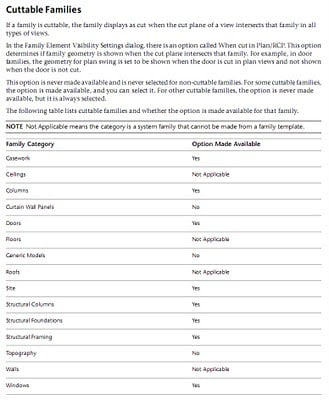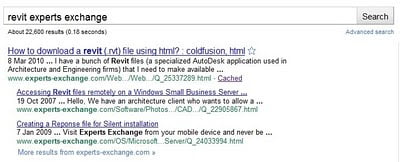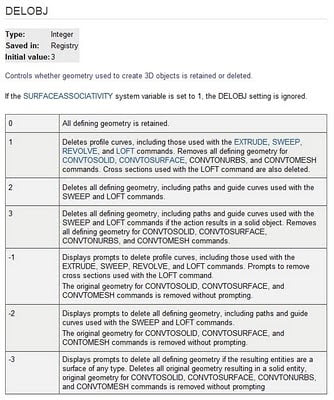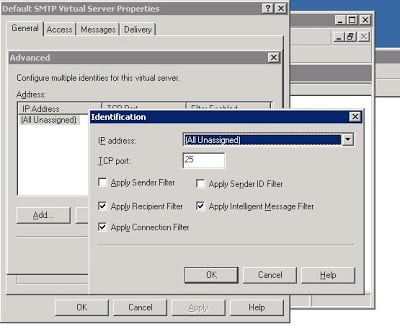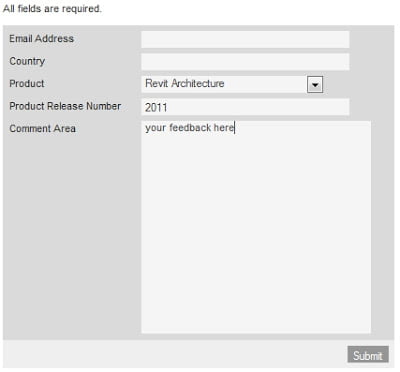In another post, I discussed the feedback form that allows you to make suggestions directly to Autodesk.
Yesterday, I made this suggestion:
When overriding a Category in view by using:
Select element
Right click Override – graphics in view
The resulting dialog should give focus to the relevant ‘line’. For instance, if I choose to override Railings, the dialog appears but the line for Railings is not visible – you need to scroll down to find this line in the V/G dialog. The dialog should automatically scroll and give focus to the appropriate line. Luke
And received this response:Thank you for contacting us with your feedback. When applying the override the category does get selected but the box does not scroll. It would be a nice touch if it did that action for you as well as selecting the category.
I will pass this suggestion along to the development team for further consideration.If you have a valid suggestion, I recommend that you click on the feedback form below and make yourself heard:


